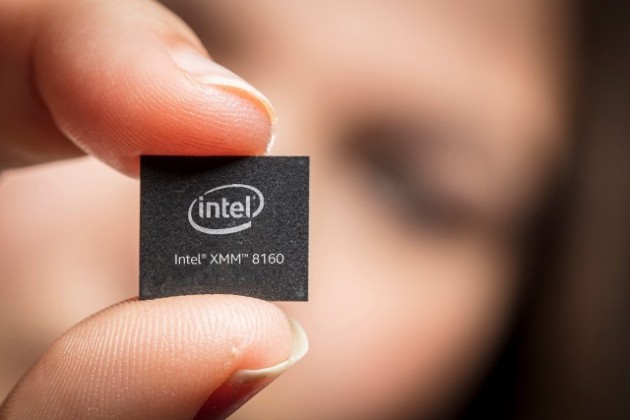Intel today announced that it will ship the Intel XMM 8160 5G modem in the second half of 2019.

Intel has accelerated the timing of this modem by pulling in the launch by more than a half-year. The 5G initiative from Intel will assist global telecom operators and device makers to plan their 5G investment strategy.
Some of the telecom operators are launching their 5G networks in 2019. The year 2020 will see more mobile service providers joining the 5G market. Several device makers have already announced their plans for 5G smartphone.
Intel said it has optimized the XMM 8160 5G modem, a multimode modem, to provide 5G connectivity to devices like phones, PCs and broadband access gateways.
Commercial devices using the Intel XMM 8160 5G modem including phones, PCs and broadband access gateways are expected to be available in the first half of 2020.
Intel said the XMM 8160 5G modem will support peak speeds up to 6 gigabits per second, making it three to six times faster than the latest LTE modems.
“Intel’s new XMM 8160 5G modem provides the ideal solution to support large volumes for scaling across multiple device categories to coincide with broad 5G deployments,” Cormac Conroy, Intel corporate vice president and general manager of the Communication and Devices Group, said.
Intel claims XMM 8160 will support the new standard for 5G New Radio (NR), including standalone (SA) and non-standalone (NSA) modes, as well as 4G, 3G and 2G legacy radios in a single chipset.
The Intel XMM 8160 5G modem will enable device manufacturers to design smaller and more power-efficient devices. This can be achieved without the added complexity, power management and form factor adjustments of two separate modems for 5G and legacy connectivity.
Intel’s integrated multimode solution supports simultaneous connectivity (EN-DC) for LTE and 5G – critical as 5G mobile network devices must be backward compatible to 4G if 5G is not available at any moment or at any location.
The modem offers advanced technology needed to support new millimeter wave (mmWave) spectrum as well as sub 6 GHz 5G NR support (including FDD and TDD bands from 600 MHz to 6 GHz) and download speeds up to 6 Gbps.
